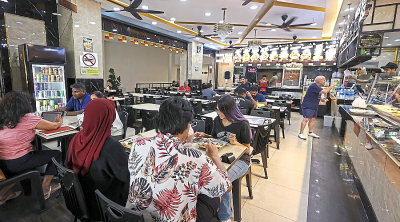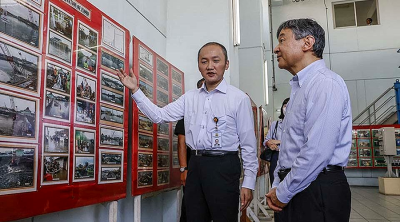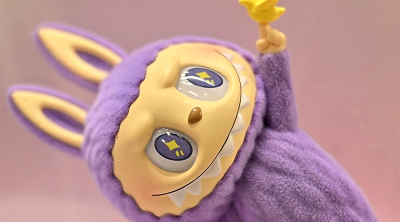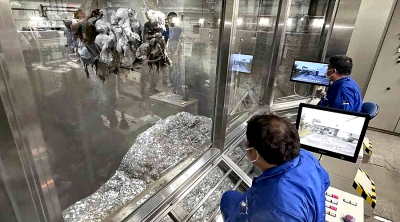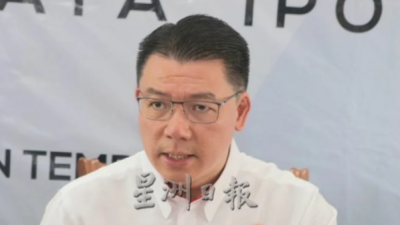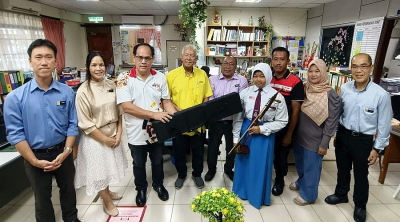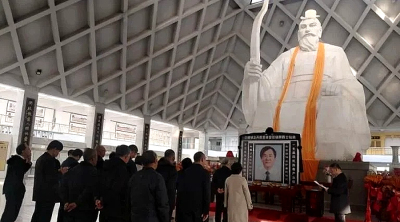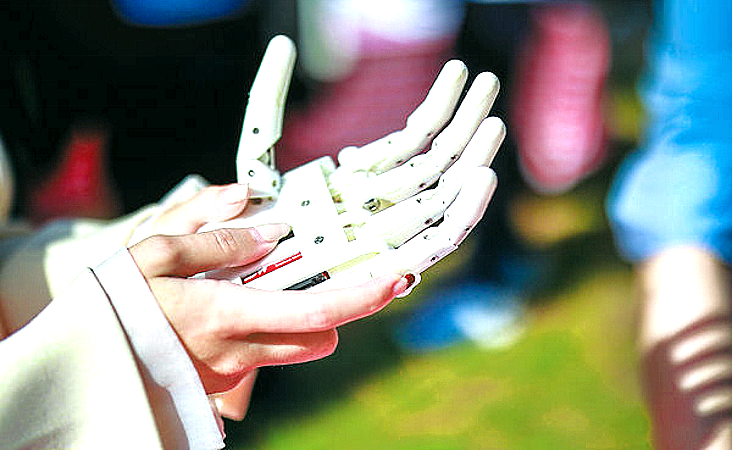
BEIJING: At first glance, the tasks may seem mundane. They include hanging laundry and hammering a nail. But if completed successfully they will give the person who carries them out a greater sense of achievement.
These are the tasks that have been chosen to test if artificial hands are up to doing the mundane, and if their recipients can use them efficiently. They will also bring cheer to a number of scientists.
The prosthesis uses surface electromyography signals to decode body movements. Although it is still challenging, the method provides the possibility for flexible and precise finger movement.
Hu Xuhui, head of the team
At the Rehabilitation Engineering Technology Department at the Suzhou Institute of Biomedical Engineering and Technology of the Chinese Academy of Sciences, engineers and researchers are busy adjusting a myoelectric prosthetic hand.
This is an externally powered artificial limb that the recipient controls with the electrical signals generated naturally by their own muscles.
The Suzhou scientists hope to make it more compatible for Xu Min, who lost her right forearm in an accident in 1992.
The 48-year-old woman from Suzhou, Jiangsu province, will wear the hand to compete in the arm prosthesis race tasks in the Cybathlon Challenges in February.
The four tasks include hanging laundry, serving food, stacking, hammering and removing a nail.
“These tasks are routine and delicate, by which, I think, the organisers intend to test if the artificial hand can replicate the dexterity and functionality of a human hand,” Xu says.
She won a top spot at the Cybathlon Challenges in March and if she wins the contest in February, she will be more confident about entering the October global finals — Cybathlon 2024 in Zurich, Switzerland. This is considered the pinnacle event in the sector.
In the previous challenges, Xu was equipped with a robotic forearm prosthesis and completed the tasks — carrying bottles and sweeping up — in the shortest time with no mistakes.
Started by the Swiss Federal Institute of Technology Zurich and held since 2016, the quadrennial event is also known as the “Olympics of assistive technologies”.
“Beyond the competition, it is also a technology platform for researchers to exchange ideas, a community of people committed to an inclusive and barrier-free society, a technology transferring opportunity and a public campaign.
It aims to create a world without barriers for people with disabilities,” Jurg Burri, ambassador of Switzerland to China, said at a promotional event for the competition in Beijing in October, which will attract 160 teams from across the world.
Each team is made up of a pilot (with physical challenges) and a technology developer from a university or tech company.
Xu and her team attended the event to demonstrate their latest product and how humans and machines can collaborate.
“The event marks the countdown to the competition, which for me, means pressure to compete with researchers and companies from home and abroad,” Xu says, adding that she cannot wait to get the hand ready to start the training.
Compared to the claw-like cable-operated prosthesis she wore in the March competition this year, her new hand has five fingers, which is controlled by the electrical signals generated naturally by her muscles, according to Hu Xuhui, head of the team.
Having received a doctoral degree at the School of Instrument Science and Engineering at Southeast University in Nanjing, Jiangsu, Hu has been engaged in the research of teleoperations, haptics (experiencing touch) and neuroprosthetics for a long time.
“The prosthesis uses surface electromyography signals to decode body movements. Although it is still challenging, the method provides the possibility for flexible and precise finger movement,” Hu says.
He admits that there are still difficulties in effectively analysing the signal data in practical application.
“Such a signal is measured at the skin’s surface, where the source signals produced by motor neurons not only undergo low-frequency filtering caused by muscle, fat and subcutaneous tissues, but are also contaminated by daily objects, such as those associated with electromagnetic interference and electrode displacement,” Hu says.
Xu adds, “The last time I wore the prosthesis, I found it was not easy to control the hand with my mind. If I didn’t fully concentrate on thinking about the hand movement, such as opening or grasping, I failed at times. My hand and I are still in an adaptation period.”
Hu’s team is refining the data processing to incorporate greater dexterity and more precise movements into the artificial hand.
It is one of the numerous challenges with which the research team is busy dealing.
For Xu, there are also obstacles that she needs to conquer in adapting the new hand to finish daily activities, such as installing a light bulb or hammering a nail.
Next February’s competition has a do-it-yourself task, which requires pilots, like Xu, to use a variety of hand tools in confined spaces. As the competition’s website states, the dexterous use of hand tools requires a prosthetic hand and wrist that provide active motion about multiple axes.
“Take hammering nails for example. I have to use the prosthetic hand to grab the hammer, swing it and hit the nail without bending it. Sounds easy, right? But I cannot properly grip the hammer, which has a heavy head,” Xu says.
Weighing about 1.7 kilograms, the prosthetic hand is still a little heavy for Xu, who accidentally dropped it the first time she wore it.
“To make it fit better, Hu made a new mould to create a secure fit between the socket and my residual limb,” Xu says.
From the previous cable-operated prosthetic hand with a mechanical hook, which worked by attaching a harness and cable around the opposite shoulder to the damaged arm, to the current prosthesis, Xu has seen the great improvements that Hu’s team has made since they first contacted her through the Suzhou Disabled Persons’ Federation in 2019.
Although under pressure, Xu still looks forward to the competition, which she has taken as another challenge in life.
“It is my honour to do something that may change the lives of people like me,” she says.
There were about 85.91 million people living with challenges in China by the end of 2022, including more than 17 million who were physically challenged (as opposed to mentally challenged) like Xu, according to data from the National Bureau of Statistics.
When her right forearm was crushed by an industrial punching machine at an electric fan plant in 1992, Xu had no time to feel sad, as her uncle, the principal of a local primary school, told her to start anew with her left hand as soon as possible.
Life had to go on, he said.
She has not only found her own way of doing things quickly, but also has been running a business as a chef. In the kitchen, even with one hand, she enjoys cooking and has got her driver’s license.
“Although we have a missing upper limb, we are not going to be limited by the physical challenge,” Xu says, adding that one day maybe technology can help make that goal easier to realise.
ADVERTISEMENT
ADVERTISEMENT







